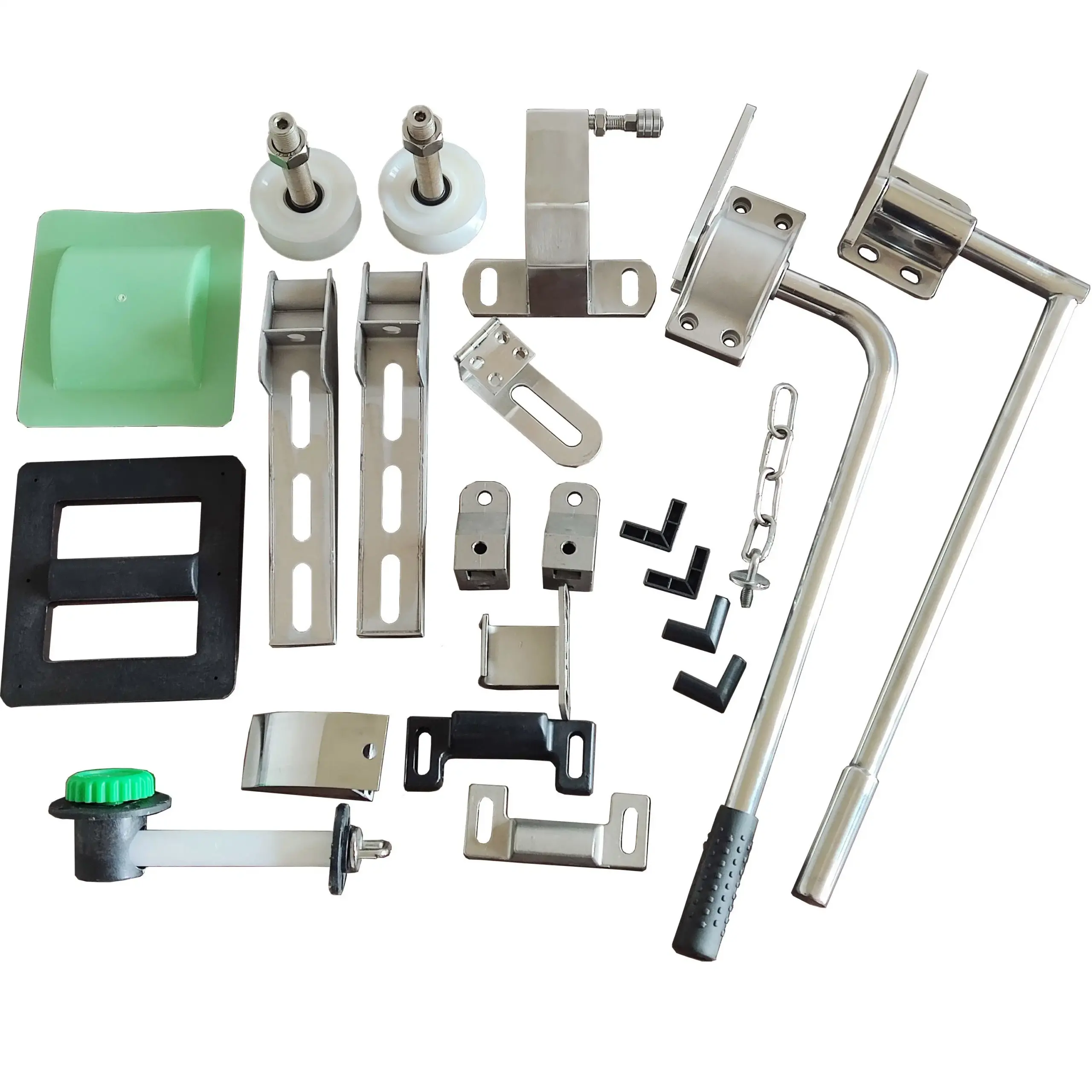Creating a cold room involves meticulous planning and selection of various components, with the door being a critical element in maintaining the desired temperature. Whether it’s for commercial refrigeration or personal use, the components required for a cold room door, including cold room door parts, are pivotal in ensuring efficient insulation, durability, and functionality. Understanding these components and their roles is fundamental in constructing a reliable cold room door.
Introduction
Cold rooms are indispensable in various industries, including food storage, pharmaceuticals, and research laboratories. The door of a cold room plays a crucial role in maintaining the desired temperature, preventing heat exchange, and ensuring proper insulation. To build an effective cold room door, several essential parts and components must be carefully chosen and assembled.
Understanding the Components of a Cold Room Door
1. Door Panels
Door panels form the primary structure of the door and are responsible for providing insulation. These panels are typically made of high-quality materials like polyurethane foam or expanded polystyrene (EPS) encased within steel or aluminum sheets. The thickness of the panels determines the level of insulation and energy efficiency of the cold room door.
2. Frame
The door frame provides structural support and serves as the boundary for the door panels. It’s crucial to select a sturdy and durable frame material like aluminum or stainless steel, ensuring the door’s stability and resistance to temperature variations.
3. Gaskets
Gaskets are sealing materials installed around the door perimeter to prevent air leakage and maintain the cold room’s desired temperature. They are usually made of durable rubber or PVC and are essential for achieving an airtight seal when the door is closed.
4. Hinges and Hardware
High-quality hinges are crucial for the smooth operation of the door. Stainless steel or heavy-duty hinges are preferred due to their strength and resistance to corrosion from low temperatures. Additionally, selecting appropriate hardware such as handles, locks, and latches ensures secure closure and easy access to the cold room.
5. Insulated Vision Panels
In some cases, incorporating insulated vision panels made of double-glazed glass allows visibility into the cold room without compromising insulation. These panels offer a view of the interior while maintaining the required temperature.
6. Heating Elements
In extremely low-temperature environments, heating elements integrated into the door prevent frost formation and ensure the door remains functional by preventing ice build-up, which could impede the door’s movement.
7. Thresholds
Thresholds prevent air leakage at the bottom of the door. They are designed to create a tight seal when the door is closed, maintaining the cold room’s insulation properties.
Factors Influencing Component Selection
1. Temperature Range
The required temperature range of the cold room significantly influences the choice of door components. Doors for ultra-low temperature applications necessitate specialized materials and insulation to withstand extreme conditions.
2. Door Size
The size of the cold room door determines the type and strength of components needed. Larger doors might require heavier frames, stronger hinges, and additional insulation to maintain efficiency.
3. Regulatory Compliance
Adhering to industry standards and regulations is crucial when selecting door components, especially in sectors like food storage and pharmaceuticals, where compliance with safety and hygiene standards is mandatory.
4. Frequency of Use
Consideration of how frequently the door will be opened and closed is vital. High-traffic areas may require more durable components to withstand constant usage without compromising insulation.
Conclusion
Constructing a cold room door involves careful consideration of various components to ensure optimal insulation, functionality, and durability. Each part plays a critical role in maintaining the desired temperature and preventing heat exchange within the cold room. By understanding the importance of door panels, frames, gaskets, hardware, and other elements, one can create a reliable and efficient cold room door tailored to specific requirements. Proper selection and installation of these components are imperative for the smooth operation and effectiveness of a cold room door, contributing significantly to the overall efficiency of the cold storage system.
